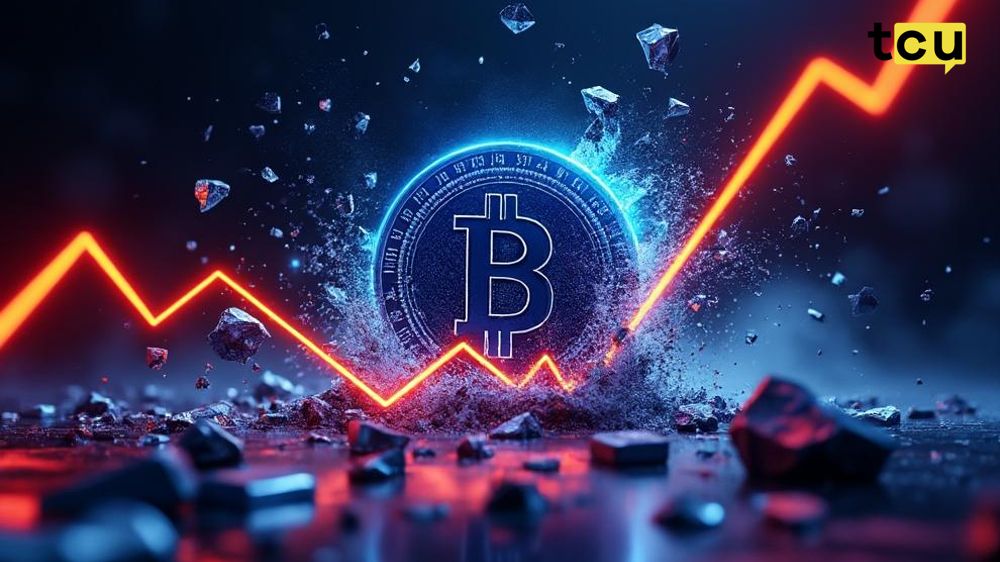Delicate Busan Agreement Relieves Trade Strains, Geopolitical Issues Remain Unsettled
- U.S. and China sign "Busan Truce" trade deal in South Korea, reducing tariffs and easing rare-earth export controls amid global economic tensions. - Agreement includes 10% U.S. tariff cuts on Chinese goods and China's one-year suspension of retaliatory tariffs, boosting agricultural trade and tech sector access. - Deal aims to stabilize economies ahead of 2026 tech negotiations but faces fragility due to past noncompliance, unresolved semiconductor disputes, and geopolitical risks. - Market optimism foll
In Busan, South Korea, President Donald Trump and Chinese President Xi Jinping have reached a significant trade pact, signaling a major change in U.S.-China relations during a period of rising global economic strain. Known as the "Busan Truce," this agreement features tariff cuts, agricultural pledges, and a temporary halt to restrictions on rare-earth exports, indicating a careful attempt to reset a relationship that has long shaped international trade, according to
A central element of the deal is a 10% reduction in U.S. tariffs on Chinese goods such as electronics and machinery, lowering the overall rate from 57% to 47%, as reported by

Another key aspect of the agreement is agricultural collaboration. China has agreed to resume large-scale imports of U.S. soybeans, corn, pork, and wheat, providing much-needed support to American farmers affected by export disruptions since the 2018 trade conflict, according to the STL News report. This initiative is projected to inject $15–25 billion into rural communities and strengthen Trump’s trade agenda ahead of the 2026 midterm elections, the STL News report added.
Although the pact stops short of sweeping reforms, it addresses urgent economic challenges for both nations. For the U.S., reduced tariffs and steady agricultural sales may help curb inflation and stabilize global supply chains. For China, the agreement offers time to address its slowing economy and diversify energy sources, as it also includes increased U.S. liquefied natural gas (LNG) exports, the STL News report noted.
Despite these advances, the agreement remains delicate. Previous deals, such as the 2020 Phase One agreement, have failed due to lack of compliance and ongoing geopolitical disputes. Experts warn of potential issues with China’s enforcement of fentanyl regulations, actual implementation of agricultural purchases, and unresolved matters related to advanced semiconductors and AI chips, as reported by
On the political front, the agreement benefits both leaders. Trump bolsters his reputation as a firm but practical dealmaker, while Xi gains economic relief amid internal pressures. Holding the summit in Busan—a neutral location—highlights efforts to reduce political tensions, though major issues like Taiwan and the South China Sea remain unresolved, according to the STL News report.
The Busan Truce has already generated positive market reactions, with global stock prices climbing and commodity markets stabilizing. Still, as Trump remarked, "we do not have too many major stumbling blocks"—a view that will be tested as the fragile peace is challenged in the lead-up to 2026, as noted by a Tribune India report.
Disclaimer: The content of this article solely reflects the author's opinion and does not represent the platform in any capacity. This article is not intended to serve as a reference for making investment decisions.
You may also like
Ethereum News Update: 11 Security Reviews, $128 Million Gone—The DeFi Audit Dilemma Unveiled
- StakeWise DAO recovered 5,041 osETH and 13,495 osGNO from Balancer's $128M exploit, partially addressing the breach. - Attackers exploited token invariant math in V2 Composable Stable Pools despite 11 audits by top firms since 2021. - The breach spread across Ethereum, Base, Polygon, and Arbitrum, with Ethereum suffering most losses. - StakeWise's success highlights partial asset recovery potential but underscores DeFi's vulnerability to invariant manipulation attacks. - Industry faces audit paradox as 2

Ethena USDe market cap drops 40% after October crash

XRP News Today: Ripple Establishes Wall Street Connection for Digital Assets as RLUSD Exceeds $1 Billion
- Ripple Labs launched Ripple Prime, a Wall Street-style OTC brokerage for institutional crypto trading, alongside RLUSD's $1B market cap milestone. - The platform enables cross-margining between XRP/RLUSD and traditional assets, addressing liquidity gaps via Ripple's custody and payments infrastructure. - XRP now serves as a core institutional asset for hedging and financing, bridging traditional portfolios with digital markets through compliance-focused infrastructure. - This hybrid model aims to reshape

Crypto’s Regulatory Balancing Act: How the US and Nigeria Weigh Innovation Against Combating Fraud
- U.S. regulators face controversy over Trump's pardon of Binance founder CZ, raising concerns about regulatory consistency and crypto-business ties. - Nigeria's SEC reports $218M in crypto Ponzi scheme losses, pushing for stricter oversight to combat fraud exploiting investor greed. - U.S. Congress debates crypto regulatory framework amid bipartisan divides, seeking clarity for an evolving digital asset landscape. - Global crypto markets grapple with balancing innovation incentives against fraud preventio
